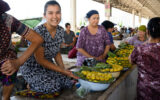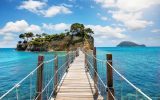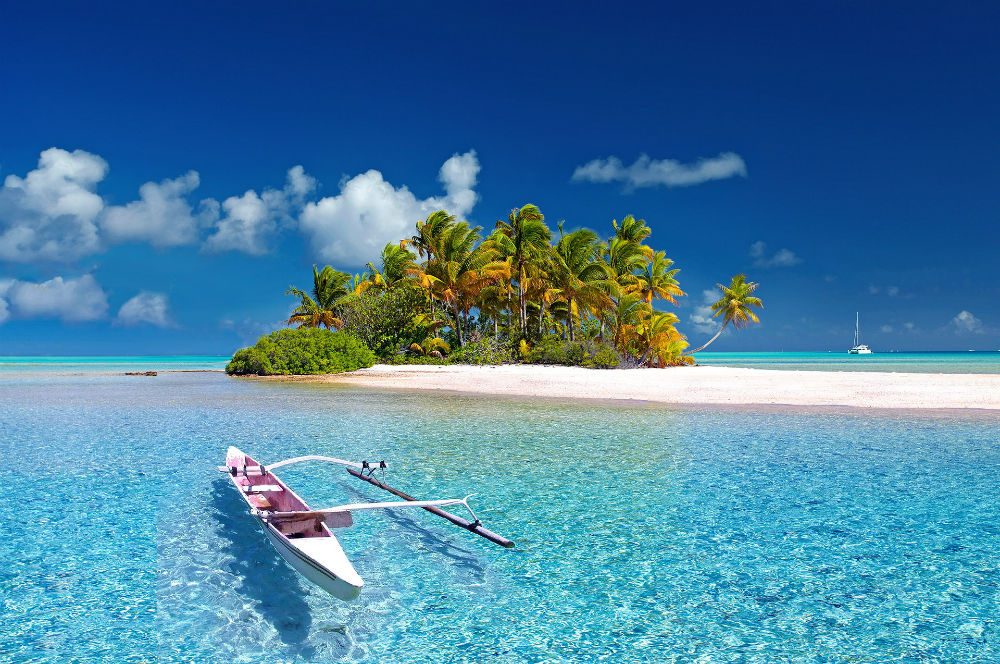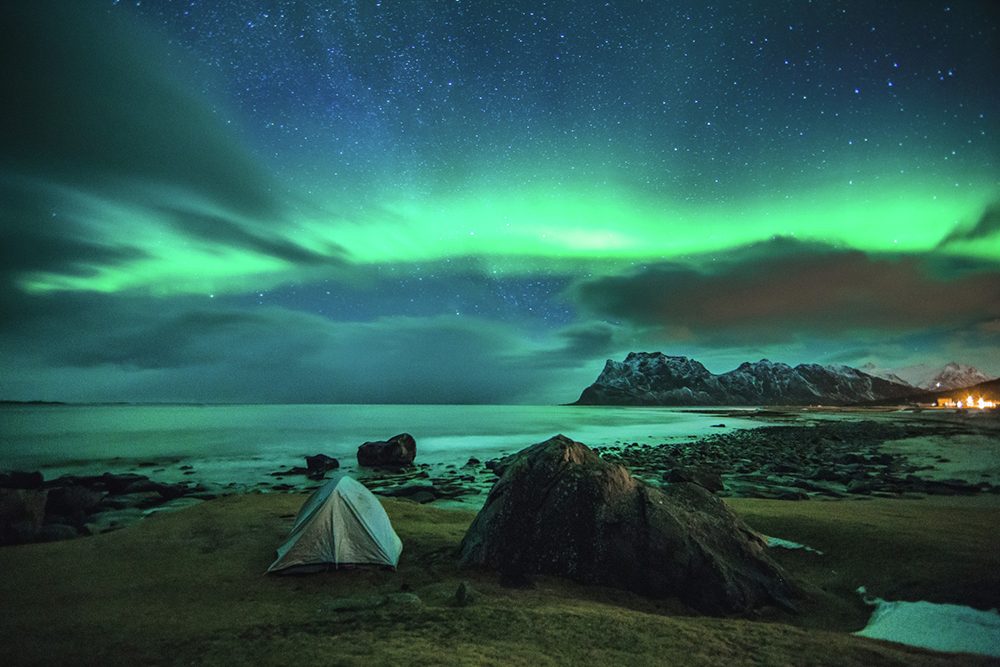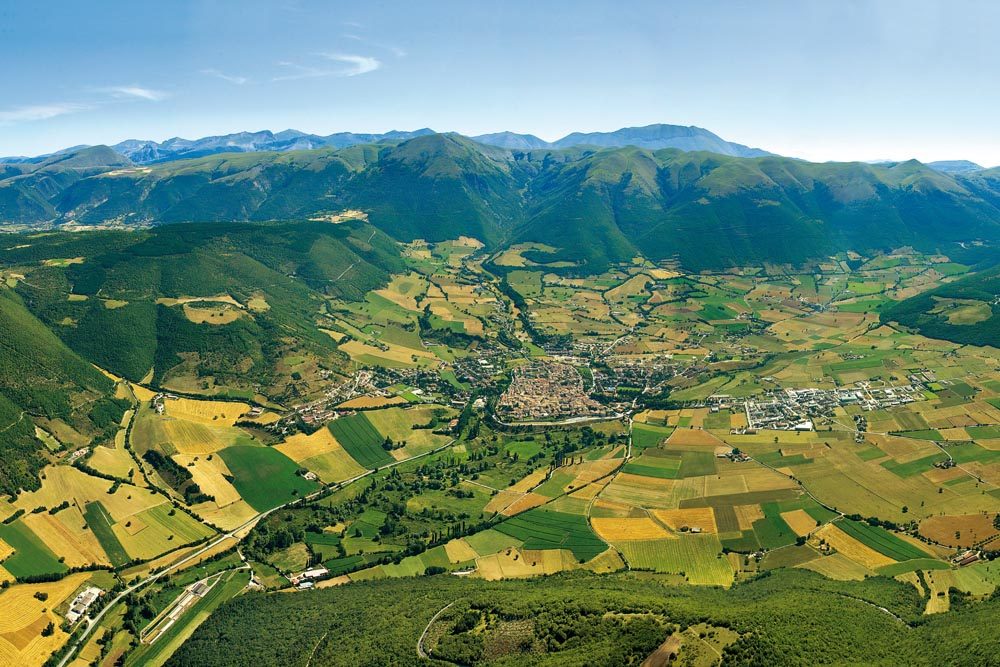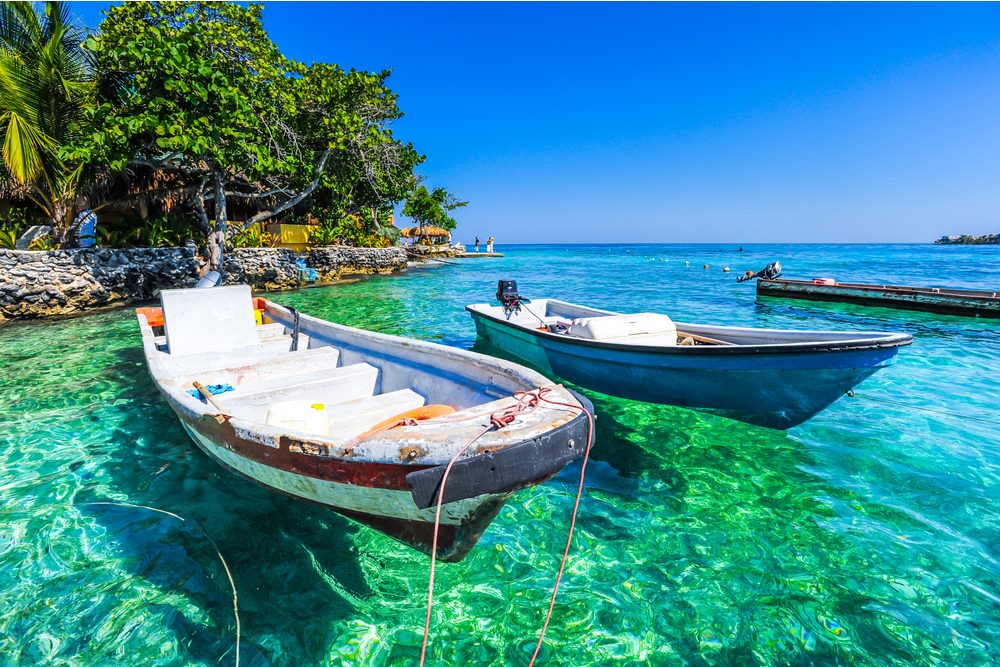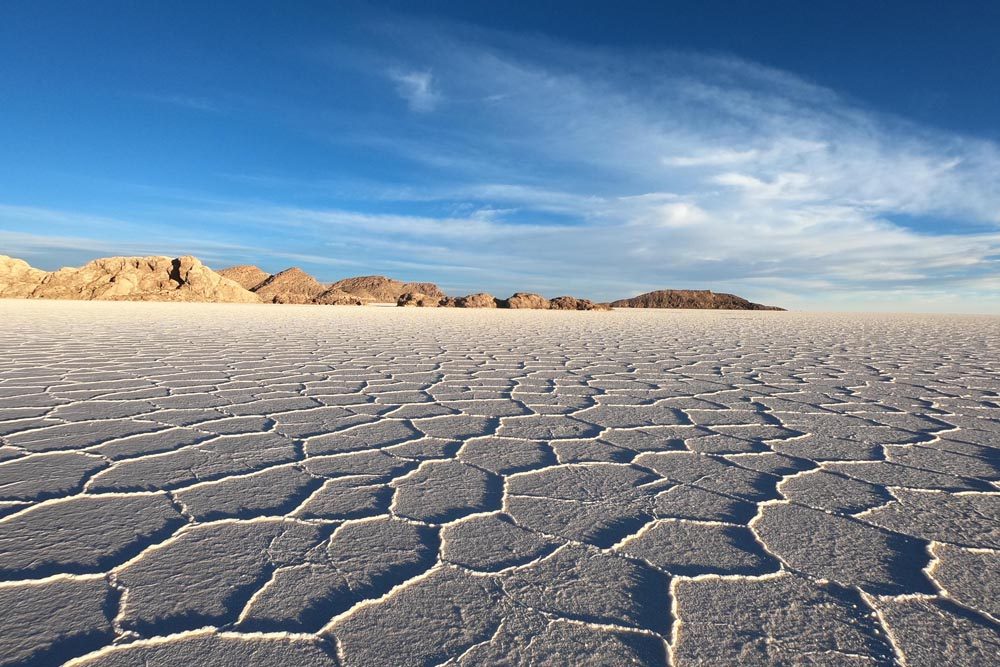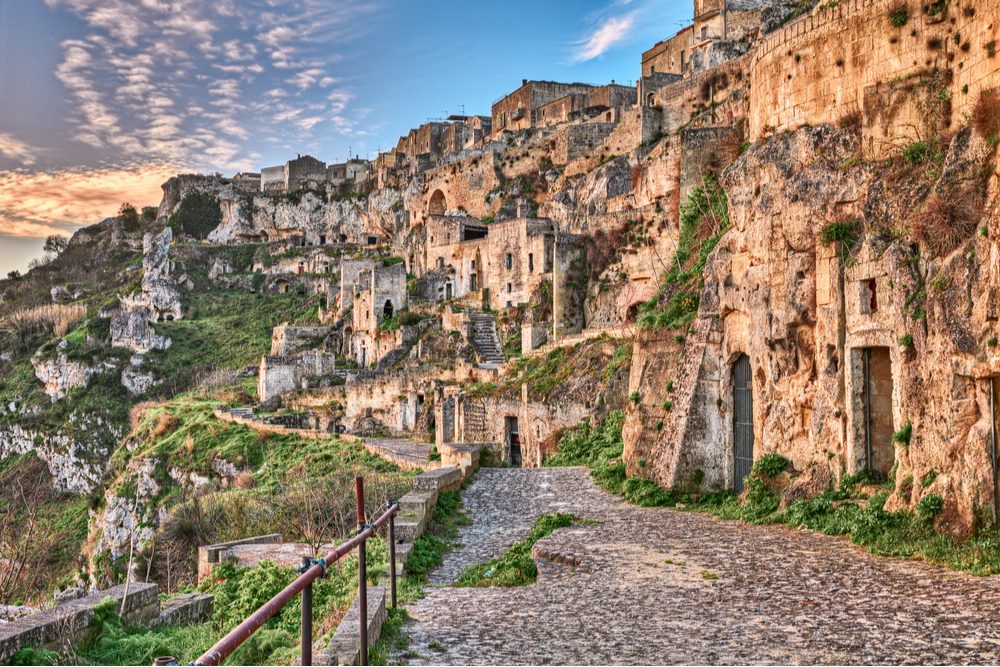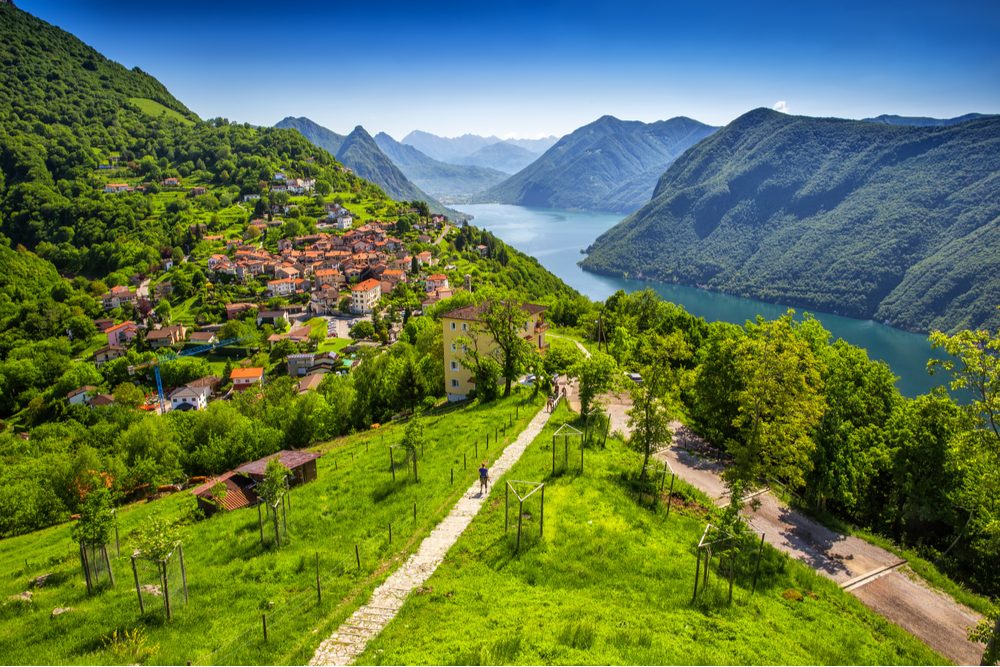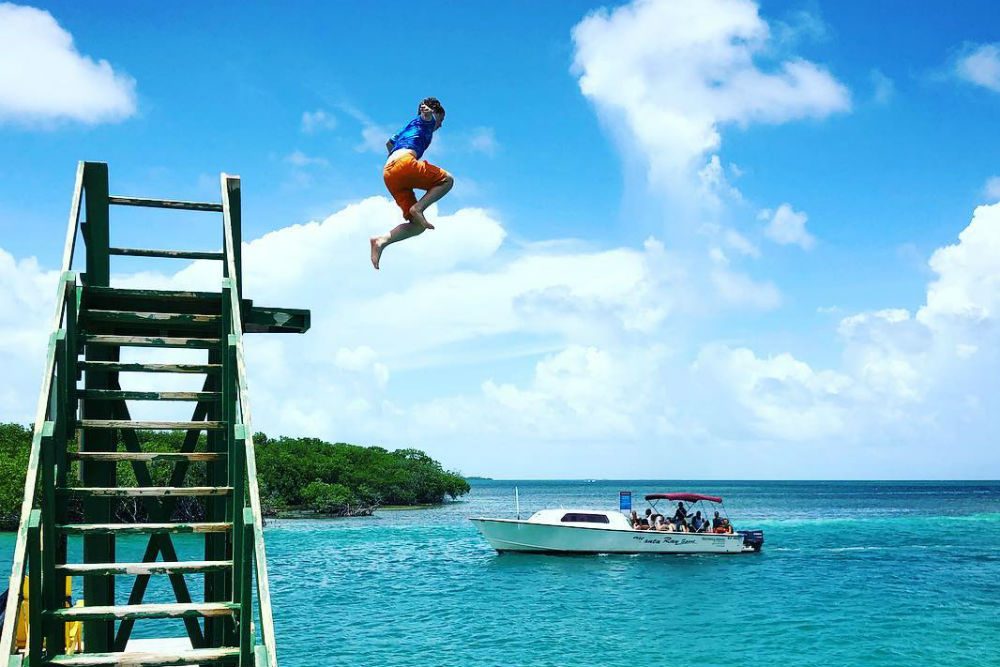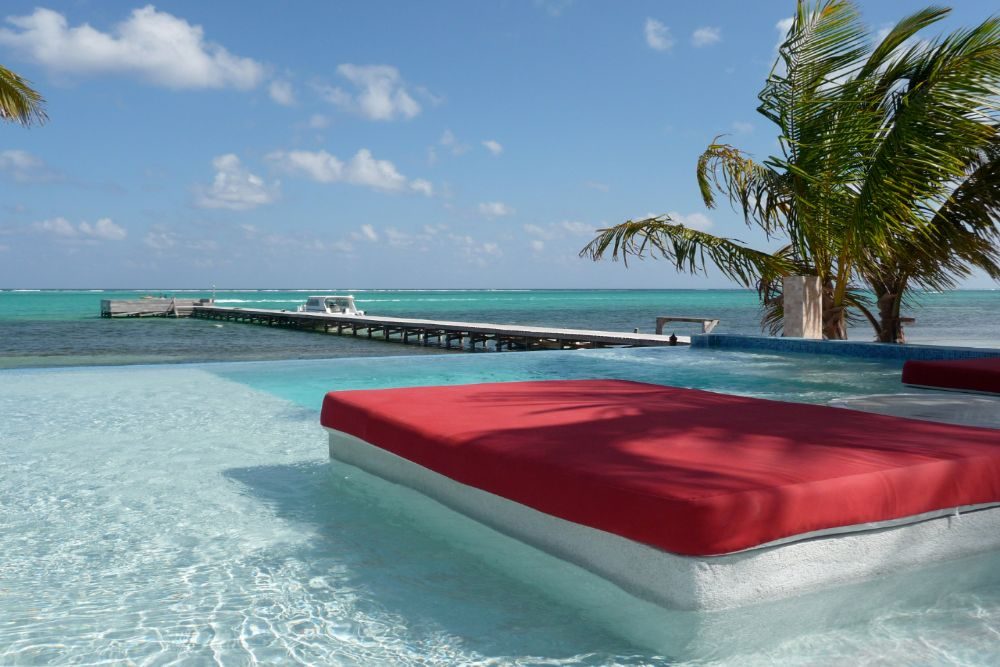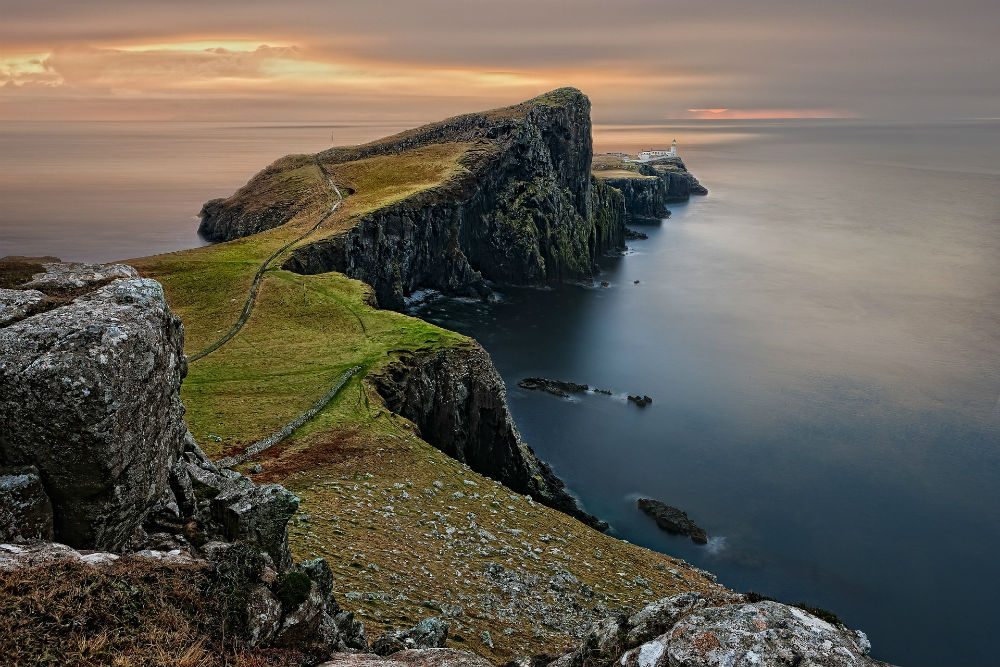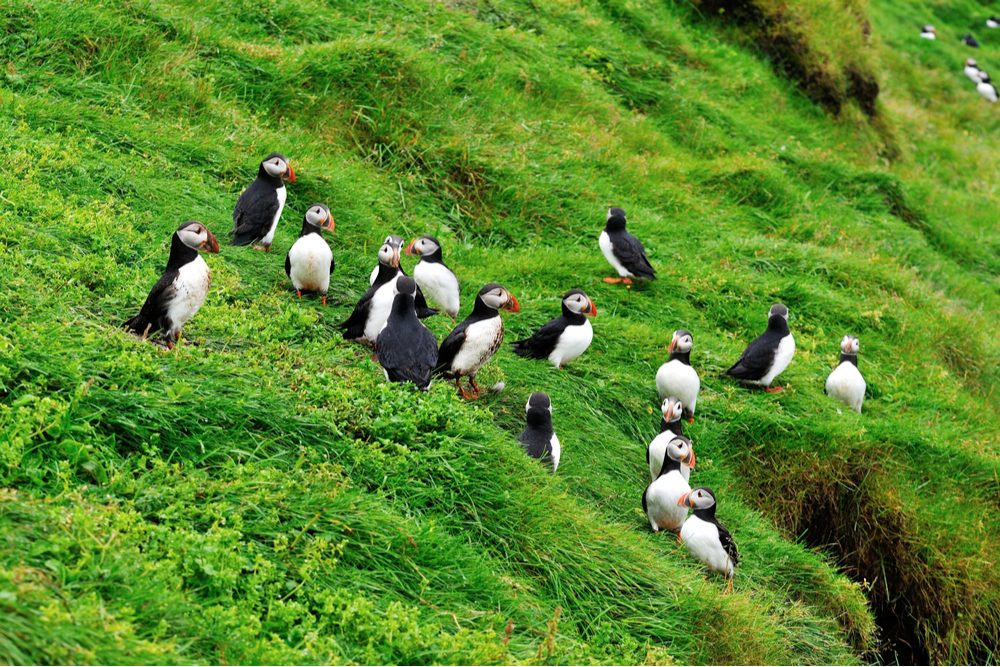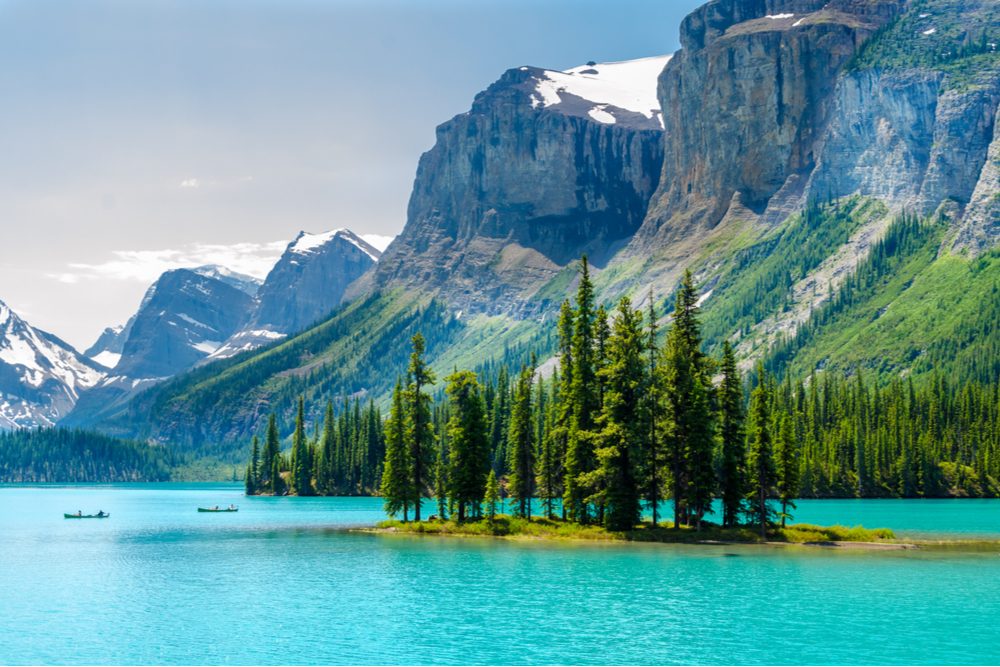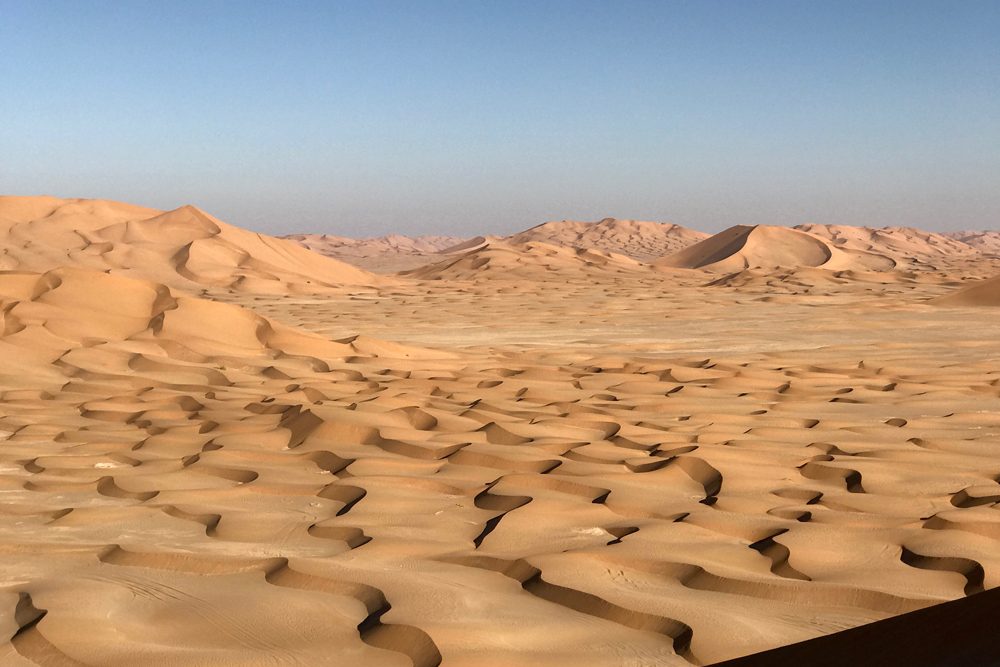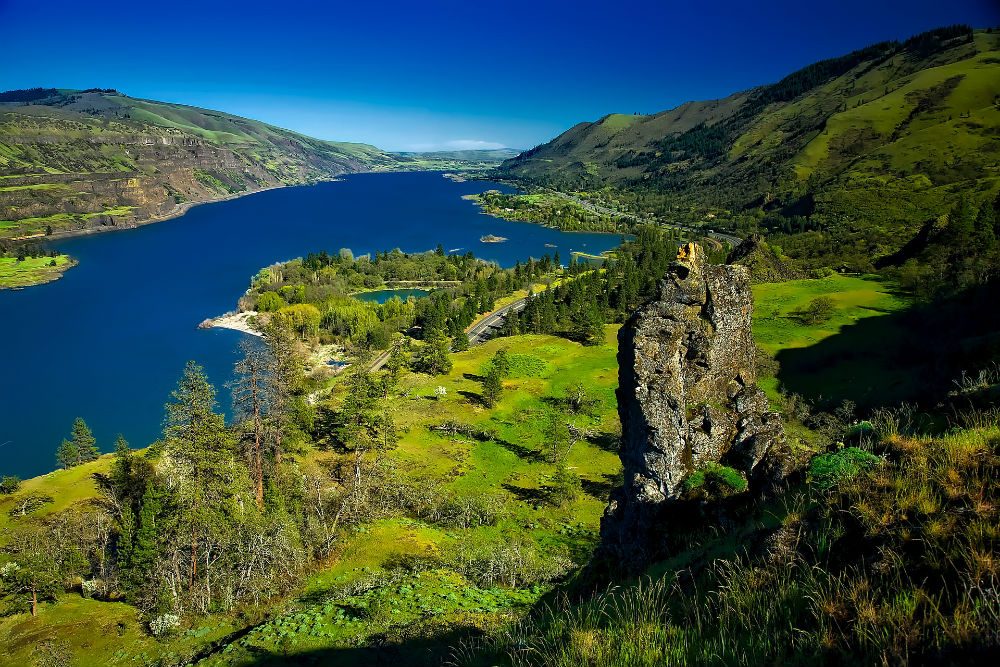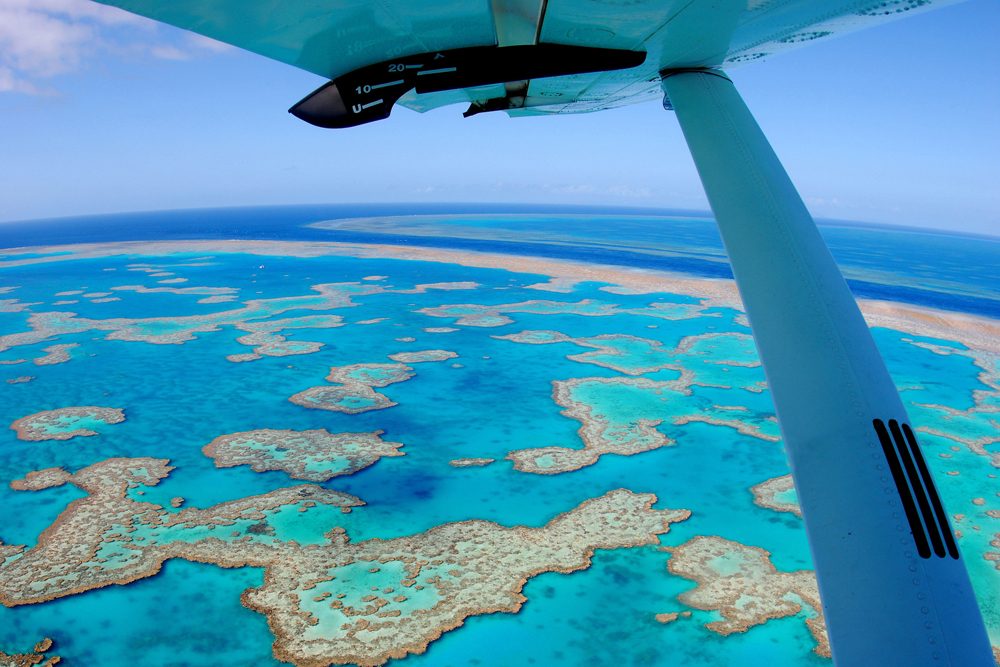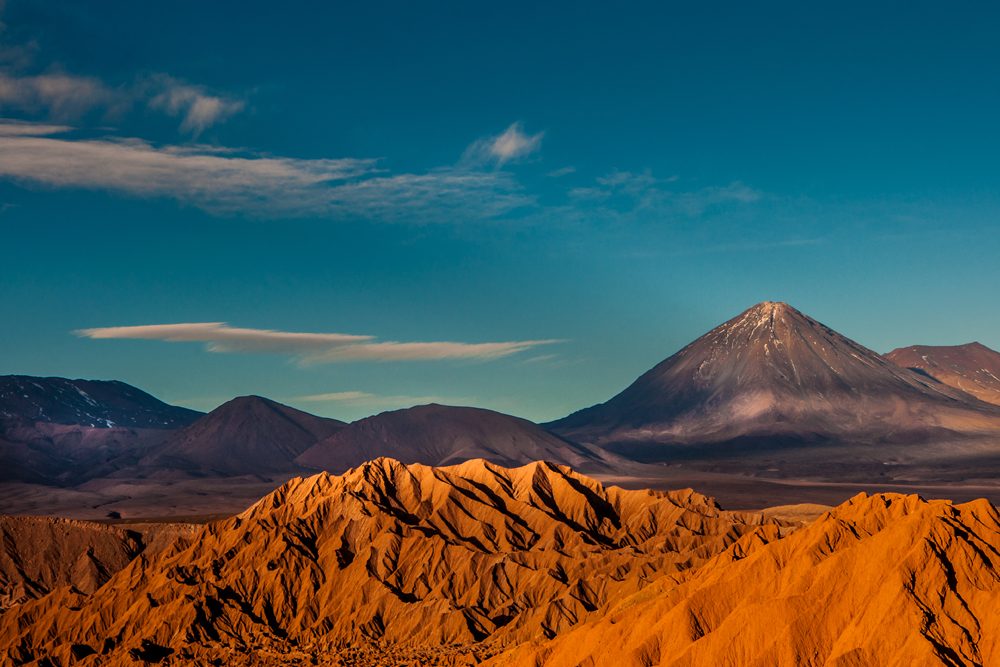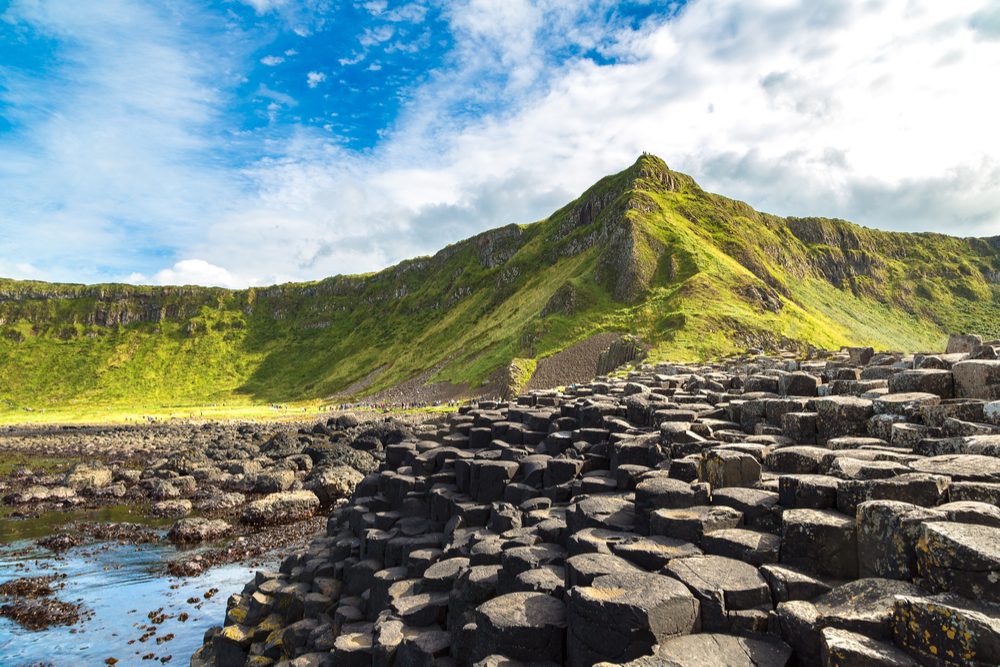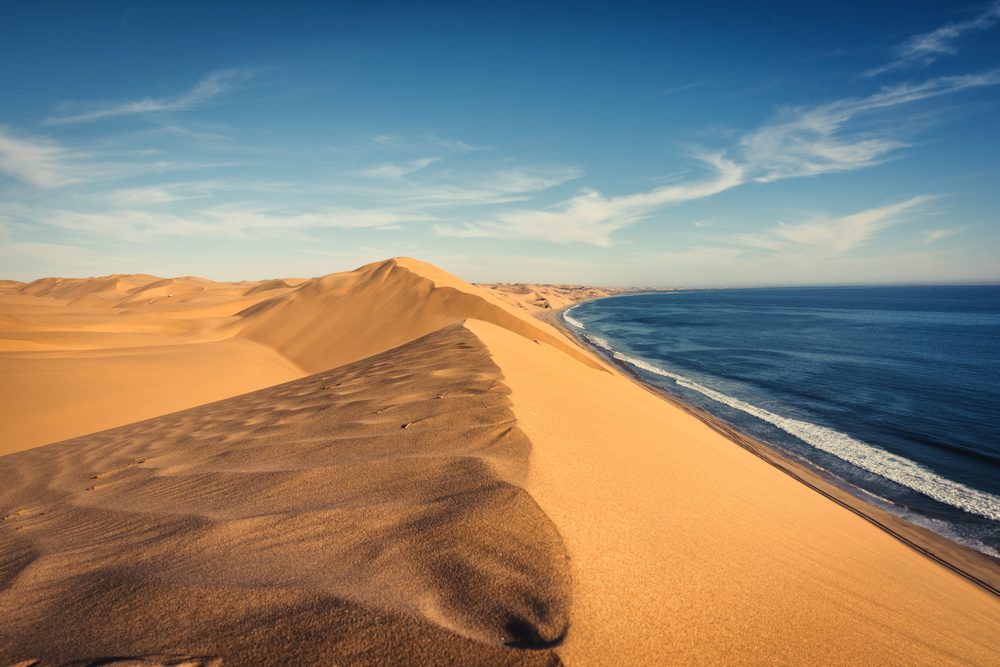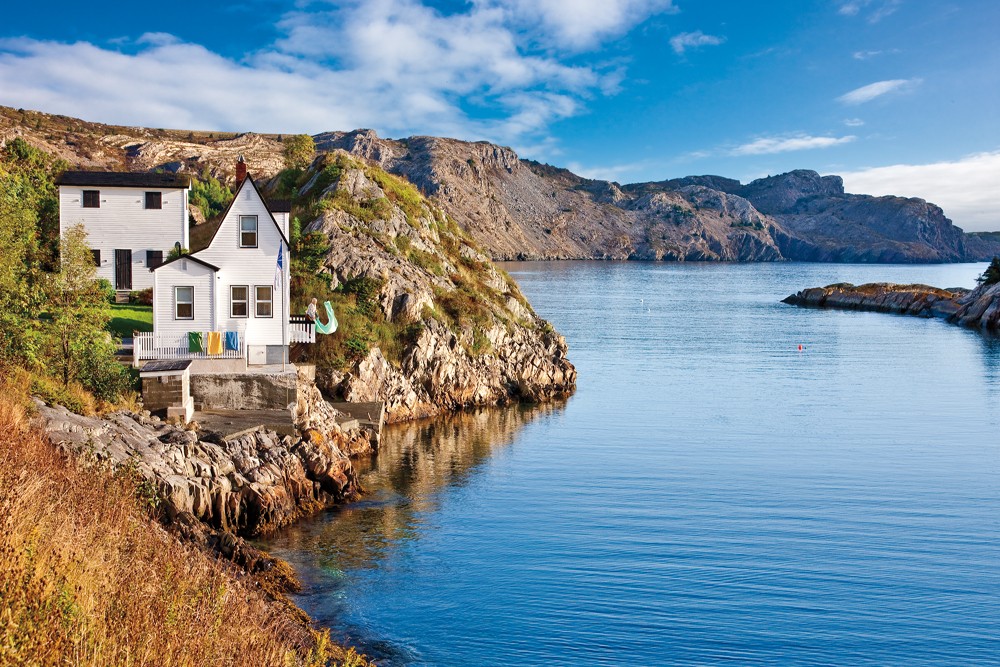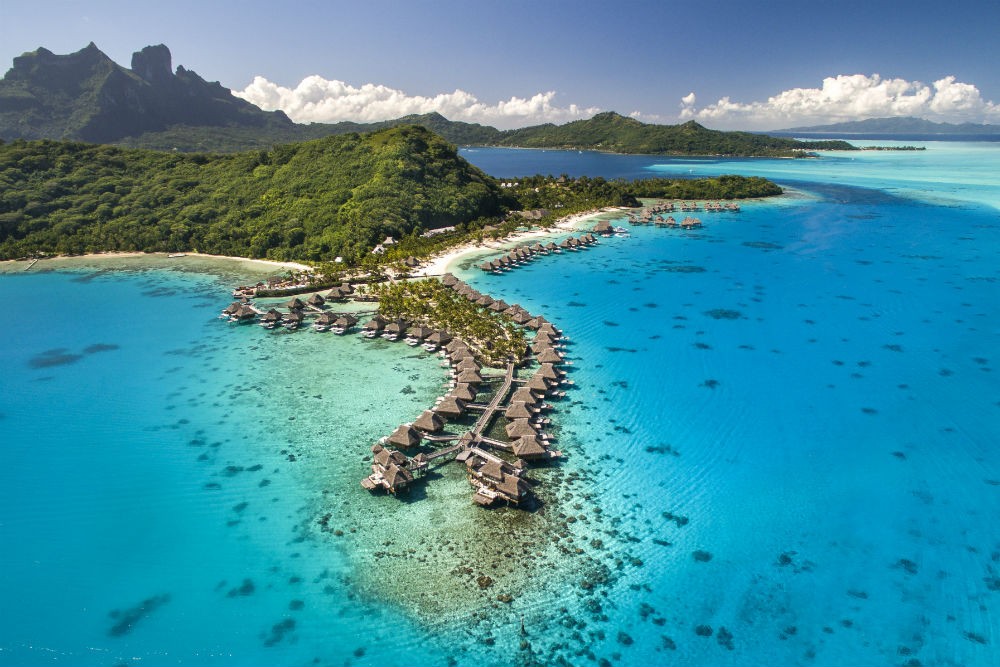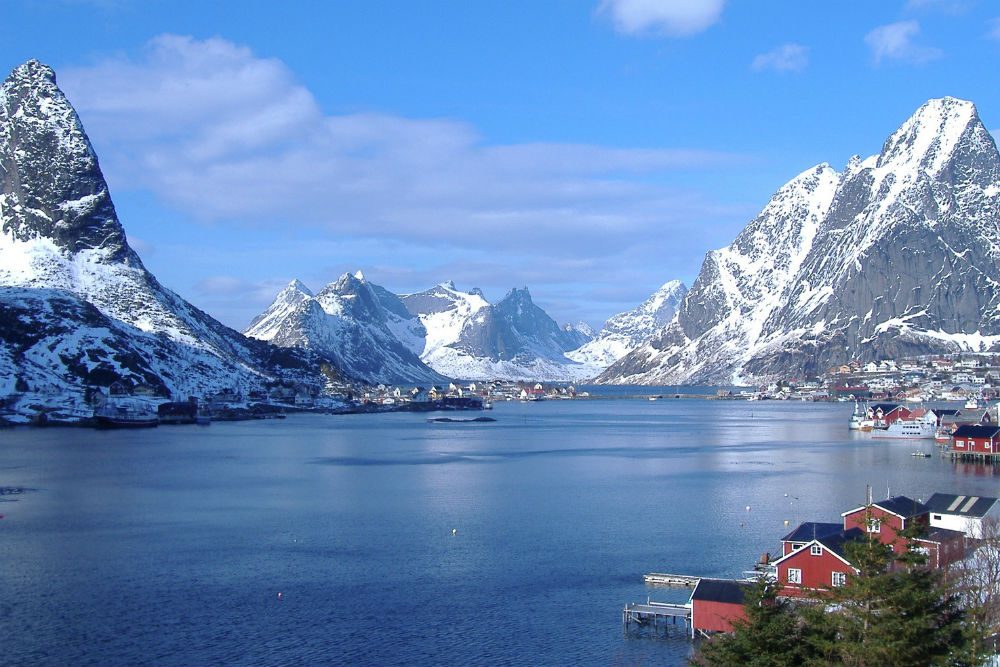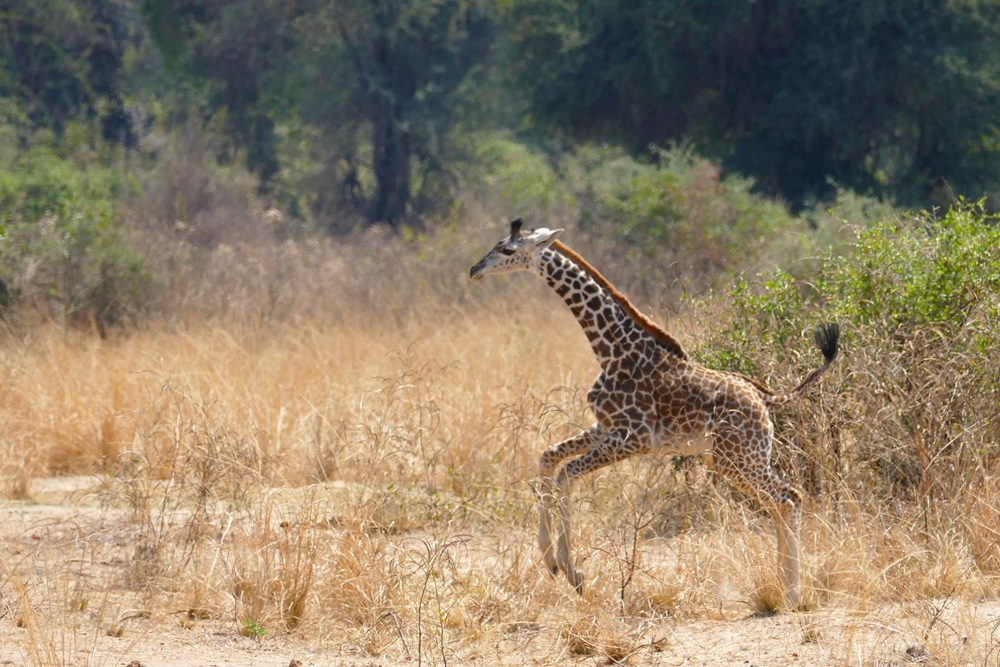Have you ever fallen in love with an exotic food or crafts market abroad—the people, the treasures, the colors, the smells, the sounds—but you didn’t take photos because you didn’t know how to ask the local merchants for permission? You’re not alone. It’s a question that so many of us have grappled with: How can we approach people while we’re traveling and ask to take their photos? How can we better bridge that (potentially awkward) gap?
Even if you’re shy, it’s absolutely doable, as I learned by talking to our own Tim Baker, Wendy’s husband and globetrotting photojournalist. Tim is accustomed to asking people all over the world—such as these ladies at a market in Uzbekistan—if he can photograph them, and he is rarely turned down. Here are Tim’s key tips:
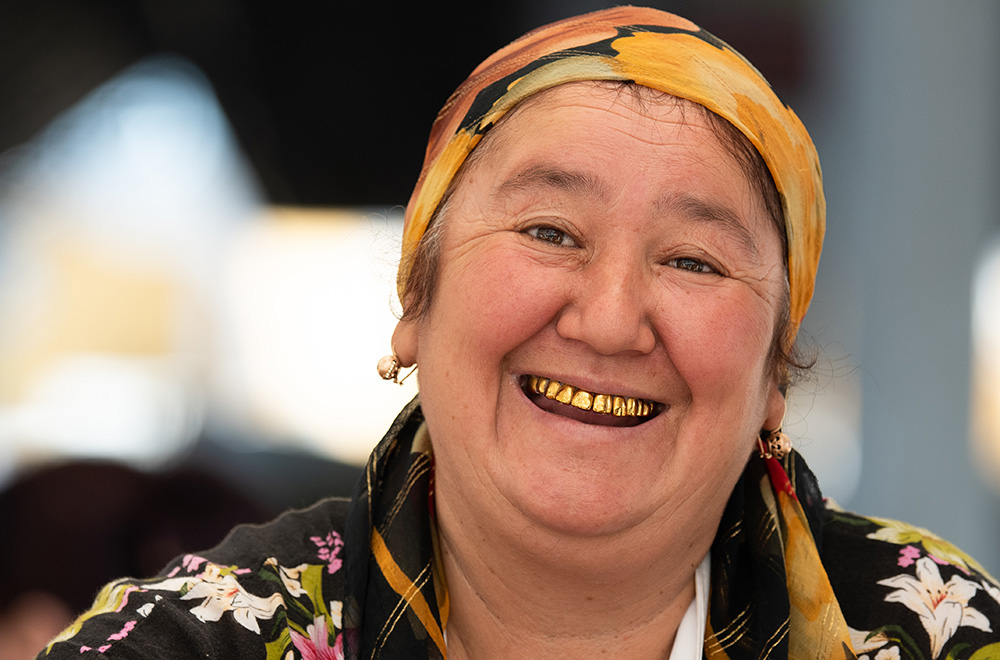
Gold teeth are something of a fashion statement in Uzbekistan. Photo: Timothy Baker
- Indicate why the moment is worth capturing. “First, remember that everyone is different,” says Tim. “Some people love having their picture taken. Others, not so much.” If there’s no language barrier, explain why you feel moved to photograph the moment. Maybe the light is gorgeous, or their blue shirt reflects the blue sky.
- If you don’t speak the local language, raise a camera halfway, pause, and look at the person. That is a universally understood gesture. “You will definitely be able to tell whether they’re okay with it,” says Tim. With the Uzbek woman above (in the same market), Tim conveyed through gestures why he felt moved to photograph her: He gestured that he admired her gold teeth, and she was proud and happy to be photographed.
- Work quickly. Have your camera–or phone–ready to go, as Tim did at a roadside stop during a drive through Morocco, below.
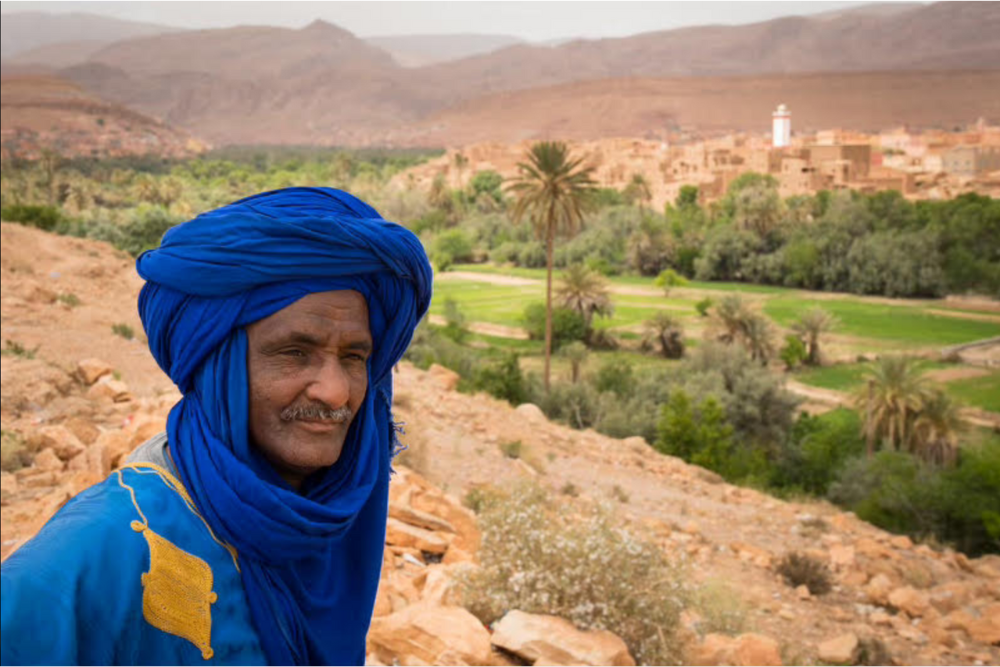
A stranger we met on the side of a road in Morocco. Photo: Timothy Baker
- As a thank-you, you can offer to share the picture with them. You can do so via Airdrop— which does not require exchanging contact info—or WhatsApp. Taking someone’s photo can be a way of sparking a friendship.
- If you have the luxury of time, become a familiar face. You can introduce yourself to a merchant or a street artist one day, then come back the next to take pictures. That way, you’re a familiar face rather than a random passerby.
- If they are selling something—art, food—pay them, ahead of time if possible. “It may be their source of income,” says Tim. And you might get a nice remembrance.
Keep in mind too: It’s relatively easy to get pictures of people, and you with them, when you’ve got locals with you who are smoothing the way, as the WOW List travelers below had.
Morocco: “With Jamal and Majid at our sides, it felt like we were traveling with friends we had known for a lifetime…”
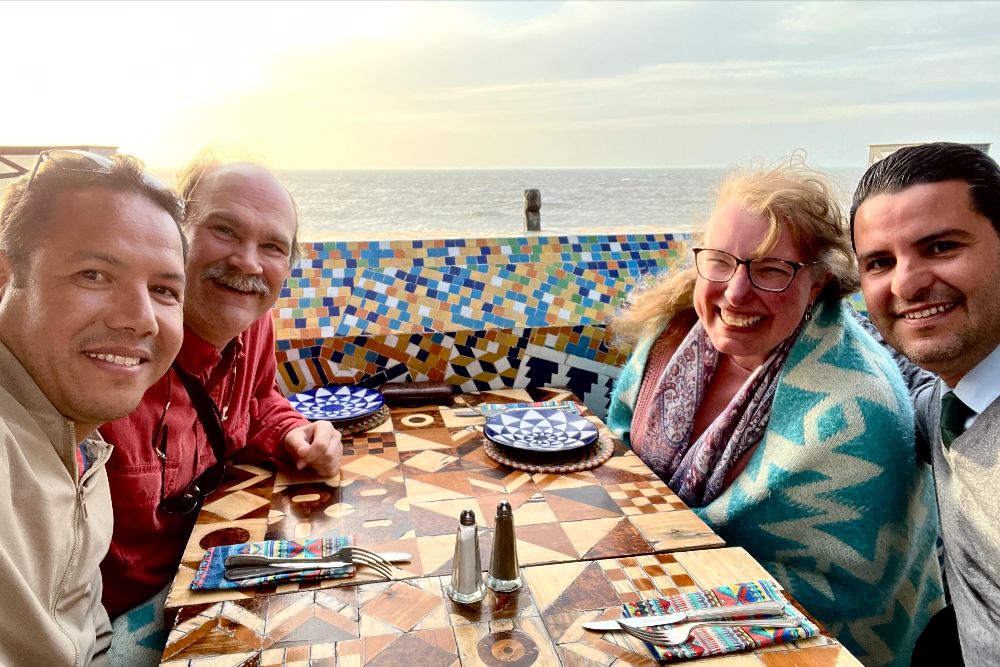
Craig and Stephanie Smith had a farewell dinner on the rooftop terrace of Essaouira’s Salut Maroc with new friends, private guide Jamal and driver Majid.
“We just returned from an amazing two weeks in Morocco. We told Radia that what was most important to us was to have a stellar guide. We also told her that we have a strong interest in music and would like to incorporate learning about Gnawa music in some way. And we told her that our hotel preference was to stay in riads instead of international chain hotels.
From the moment we were met at the Casablanca airport by our private guide Jamal and private driver Majid, we knew that we were in for an incredible trip. They were both so hospitable! Jamal was incredibly knowledgeable about the culture and history of his country. He was very attentive to all of our needs, and he made us laugh a lot. He made sure that we saw everything on the itinerary and then some.
We stayed in beautiful riads with a very personal touch and enjoyed all kinds of delicious food. In addition to seeing many historic sites (mosques, synagogues, palaces, medinas, souks, tanneries), we also had adventures. We went for a camel ride and rode ATVs in the desert. We went for a hot air balloon ride outside of Marrakech. We went for a hike in the High Atlas Mountains from Imlil to Armed. One of our favorite activities was the sunset motorcycle sidecar tour of Marrakech, suggested by Radia. We felt like we were in a movie, riding through the Palmerie and the medina in comfortable, roomy, sidecars. A definite must-do!
Another highlight was an impromptu visit to the Todra Valley for lunch at Jamal’s family’s home. We were so honored and humbled to be invited into their home for lively conversation and a delicious lunch. And, to satisfy our musical interest, Radia organized a thoroughly enjoyable private Gnawa music workshop with master musician Najib Soudani in Essaouira.
With Jamal and Majid at our sides, it felt like we were traveling with friends we had known for a lifetime. The itinerary was wonderful, but they made the trip into an experience that we will cherish forever.” —Stephanie and Craig Smith
Read more reviews of Morocco trips. To get your own WOW trip, start with our trip questionnaire, reached via the black button below.
Sri Lanka: “Miguel set up a cooking class, a mask carving and painting workshop, and visits to a cinnamon plantation and to a tea factory. He had us hike a segment of the Tea Trail…”
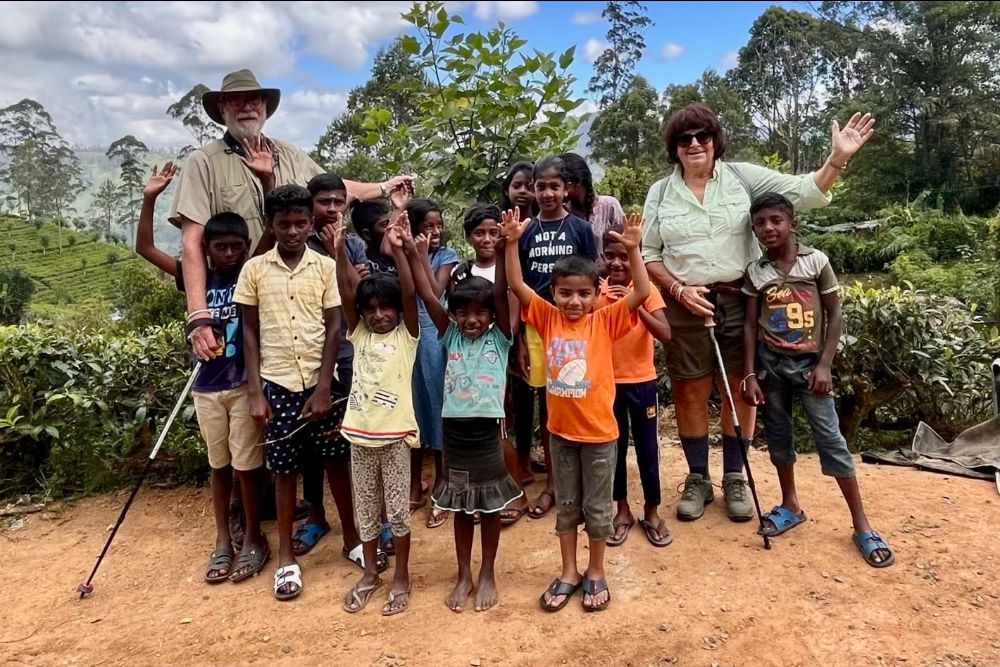
Jan Heininger and husband Jamie Reuter meeting village kids on a Tea Trail hike.
“We had a three-week trip to Sri Lanka planned by Miguel. This very interesting trip covered almost the entire country, from the Cultural Triangle with its archaeological ruins, cave temples and Buddhist sacred sites, its historic capitals of Anuradhapura and Kandy, its largest national park (Yala) famed for its leopards, its gorgeous Indian Ocean beaches, its colonial past displayed in the Galle Fort, and its myriad of agricultural products, especially tea and cinnamon.
Miguel also ensured that we had a flexible schedule. Our driver, Thissa, could say, “Let’s stop and see that bird,” or we could stop and taste a Golden coconut or visit a local market where we were introduced to many unfamiliar vegetables and fruits that are essential elements of Sri Lankan cuisine.
Miguel had us stay in wonderful places, including two Aman resorts on the south coast. At Amanwella, we took one of the best cooking classes we’ve ever had with the Executive Chef. At Amangalla in Galle Fort, we went for a bike ride in the countryside (beware of heat exhaustion), toured the Fort with a terrific local guide, and had a workshop making and painting traditional Sri Lankan masks. Miguel also booked us into Castlereagh, a five-room, former tea plantation manager’s bungalow. We were told to treat it like our home—just tell them what we wanted to eat and when.
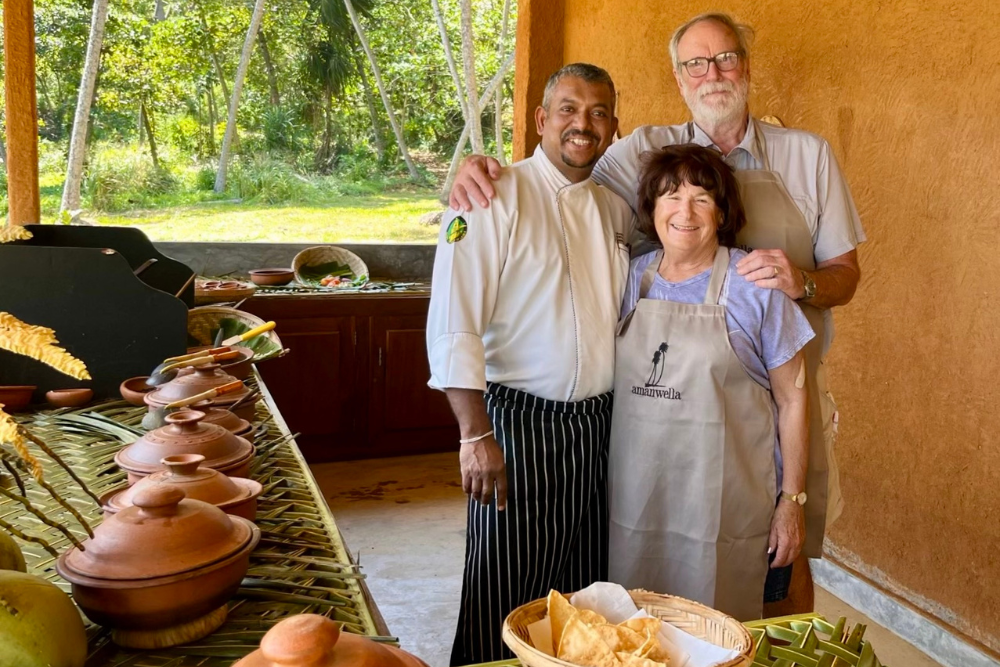
Jan Heininger and husband Jamie Reuter cooking with the chef of Amanwella.
Miguel set up wonderful experiences including the cooking class, a mask carving and painting workshop and visits to a cinnamon plantation and to a tea factory. He had us hike a segment of the Tea Trail where we interacted with women tea pickers and with kids and villagers we encountered along the way.
We could not have planned this trip by ourselves. Miguel has access to unique experiences. We spent an afternoon in Kandy with an artist and his artist daughter. Miguel directed us to accommodations he knew would meet our not-even-known-to-us needs. The night before we left Sri Lanka, we were lucky to have dinner with Miguel and his lovely wife. It was a treat to meet with and talk to the man who was behind our trip.
What makes Wendy’s trip specialists stand out from the usual run-of-the-mill travel agents is that they—and Miguel—listen carefully to what you’re looking for in a trip. They have access to experiences you could never find on your own and include things you had no idea you wanted and end up delighted you experienced them. The mask my husband carved from a block of balsa wood and the two we painted are off being framed right now and will always be physical reminders of our time in Sri Lanka.” —Jan Heininger
Read more reviews of Sri Lanka trips. To get your own WOW trip, start with our trip questionnaire, reached via the black button below.
Belize: “The Belizeans are creating a wonderful and mixed culture ripe for all sorts of tourism…”
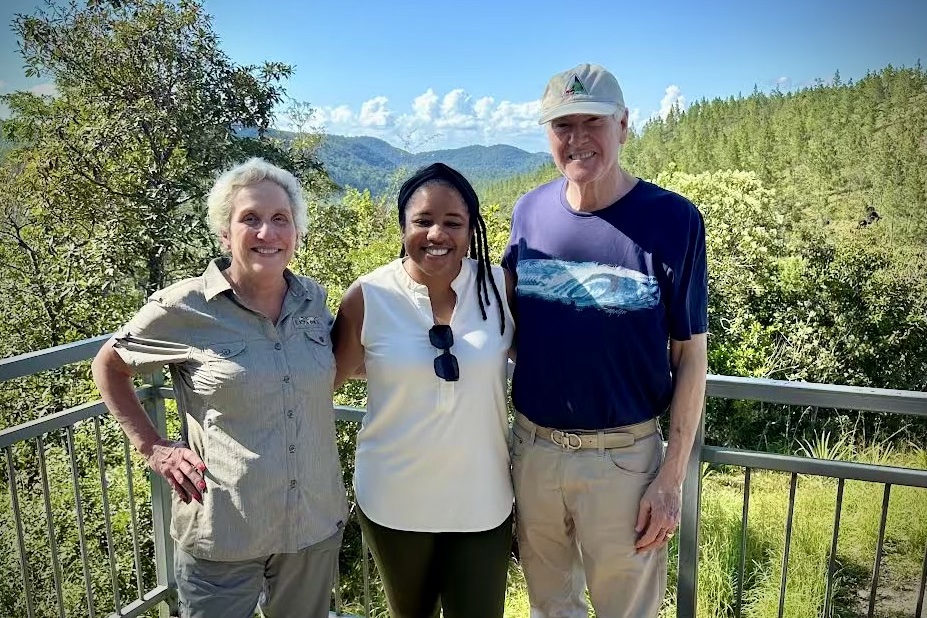
WOW Lister Patricia Johnson joined Salena and Allen Kern for lunch one day.
“My criteria was a direct flight from Newark, warmth, a place we’d never been to with lots to do if we wished, and a Wendy Perrin advisor. It took about a minute to find Belize and Patricia. And we were off…. Patricia recommended a few places to stay, and two of the resorts (one in the jungle and the other on the beach) were owned by Francis Ford Coppola. Who knew? Not I, for sure. Well, my husband was an extra in Apocalypse Now many years ago and that was that. He was thrilled to be seeing what Coppola had created in Belize. Both resorts were beautiful but Blancaneaux Lodge was one of the nicest places I have stayed in my life.
We climbed ruins, rafted through a cave that should have been a cathedral, and visited an entrepreneurial coffee ‘factory’ amongst other things. Most important to me, however, was that we got to know something about the current economy of this young country and much about its varied cultures.
On our first full day, we were surprised by our WOW Moment. At this most beautiful site, overlooking a series of waterfalls, we were served lunch by a local family (now, Patricia did know that I am a bit of a foodie) who served us a traditional Mayan lunch, nouvelle-style. The family has a catering company called U Janal Masewal, Ancient Recipes for a Modern World. That sort of sums up my worldview too. We were happy! And Patricia met us there for lunch. Thank you, Patricia and Wendy.
This lunch opened our eyes to what was happening in the local communities. The Mayan culture isn’t stuck in the past or lost, as it is in Chiapas, Mexico, where I visited last year. The Belizeans are creating a wonderful and mixed culture ripe for all sorts of tourism. Our week in Belize was full of surprises. I would recommend it to older people like us, to young families, well, to anyone who likes travel.” —Salena Kern
Read more reviews of Belize trips. To get your own WOW trip, start with our trip questionnaire, reached via the black button below.
South Korea: “Endless exploration of food, and an opportunity to witness the magic of the rural countryside…”

A tea sommelier leads a tea tasting in Korea. Photo: Traveler Michael Ruma
“Drawn to Seoul to attend a business meeting, we decided to extend our Korean journey to explore a loop of the southern half of the country. With limited knowledge of the culture, food, and scenery of South Korea, we reached out to Wendy, who pointed us to Grant. Grant was easy to reach, listened attentively to our travel interests, and collated a well-curated agenda for my wife and me, along with two friends joining us from Saipan.
Getting to Seoul is not the hard part. The excitement starts as you begin to journey into one of the most densely populated cities in the world. Fortunately, with Grant as our travel organizer, we did not have to worry about managing the language barrier, the poor functionality of most US-based map apps, or the extensive Seoul transit system. Prior to departure, Grant asked important questions about our likes and dislikes and then created an itinerary which evolved into a spectacular journey of big cities, endless exploration of food, and an opportunity to witness the magic of the rural countryside.
Our first stop was the Park Hyatt Seoul, a stunning and well-situated hotel with superb service. During our time in the Korean capital, we sampled the highest quality Korean BBQ, innumerable variations of seafood, a tea tasting and a Korean liquor tasting. Despite a population of over 25 million in a concentrated area, we were struck by the city’s cleanliness, convenience, and kindness of its people.
Following Seoul, we travelled to Jeonju. After an efficient high-speed train ride, we checked into the Lahan Hotel overlooking the traditional Hanok village, which allowed for an easy stroll to any of the shops or restaurants that make this area a UNESCO City of Gastronomy. Following the recommendation from the chef who taught us how to make beef bulgogi in Seoul, we went to her favorite place for bibimbap and seafood pajeon.
After eating and drinking our way around Jeonju, we traveled by car to Gwanju in the southwestern portion of the country. On our drive, we were immersed in the beauty of the Korean countryside, taking a moment to stretch our legs with a nice autumn walk at Hwaeomsa temple. A stunningly beautiful site of quietude, we wandered the numerous Buddhist temple buildings and pagodas, with each vantage point offering a better view of the surrounding mountains. Informed by our guide that guests are allowed to reside overnight in this special place, we plan to come back soon to try out a ‘temple stay.’ ” —Michael Ruma
This trip was arranged by a WOW List candidate. Here’s what that means.
Chile, Peru, and Bolivia: “My Quechuan guide and driver introduced me to so many aspects of the local culture…”
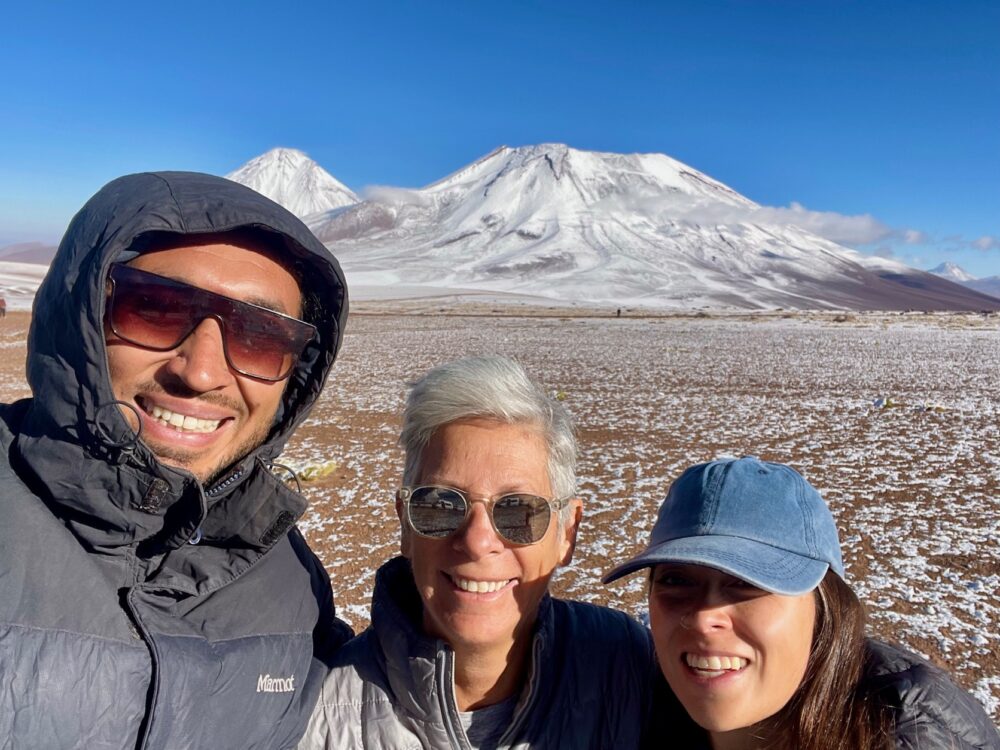
Milinda Martin with her private guide and driver in Chile’s Atacama Desert.
“Recently, Wendy has been recommending South America, and I’m so grateful I took advantage of this. Despite the warm temperatures, there were few tourists, which ensured a really authentic experience. Ashton helped me plan an extended trip to all my desired destinations: Torres Del Paine, the Amazon Basin, Lima, Santiago, Valparaiso, the Atacama, and the Altiplano of Bolivia.
For the Amazon, I asked for somewhere that didn’t have a ton of tourists, which took the cruises out of Iquitos off the agenda. Instead, Ashton recommended Posada Amazonas, an indigenous cooperative that sits on the Tambopata River in Peru. Here, I was the only guest for the first two days, so fully enjoyed my hikes, boat rides, and village visits that allowed me to see how life is lived in this region. The rooms are open to the rainforest, which made for magical evenings full of sounds. And it did rain on several days, which sounded one thousand times better than any recorded soundscape!
Then it was time for a few cities—Lima, Santiago, and Valparaiso. In Lima, Ashton and Wendy arranged a WOW Moment, which was right up my street: a ceviche lesson, tasting, and tour with Marisol. We went all over the city, sampling different types of ceviche and learning about this rich Peruvian tradition.
My last stop was my favorite part, four days in San Pedro de Atacama, followed by a four-day ‘travesia’ across the Altiplano to the Uyuni Salt Flats. My Quechuan guide and driver introduced me to so many aspects of the local culture, including participating in the carnival celebrations. We hiked up volcanoes, sat in hot spring pools, rode bikes through slot canyons, and ate all the local dishes. On our final evening in Uyuni, after indulging in a wine/tapas al fresco meal, it started to rain, which meant the salt flats became a mirror of the skies.
My favorite aspects of working with one of Wendy’s experts is the ability to customize when/where I’m going, to focus on places that are not overrun with tourists, to meet the local people and see how they live, and to get outside and really feel a part of the stunning landscape. Onwards!” —Milinda Martin
Read more reviews of South America trips. To get your own WOW trip, start with our trip questionnaire, reached via the black button below.
Vietnam & Cambodia: “The lunch they had prepared for us, hosted by a lovely Cambodian family on their floating dock, was amazingly delicious…”
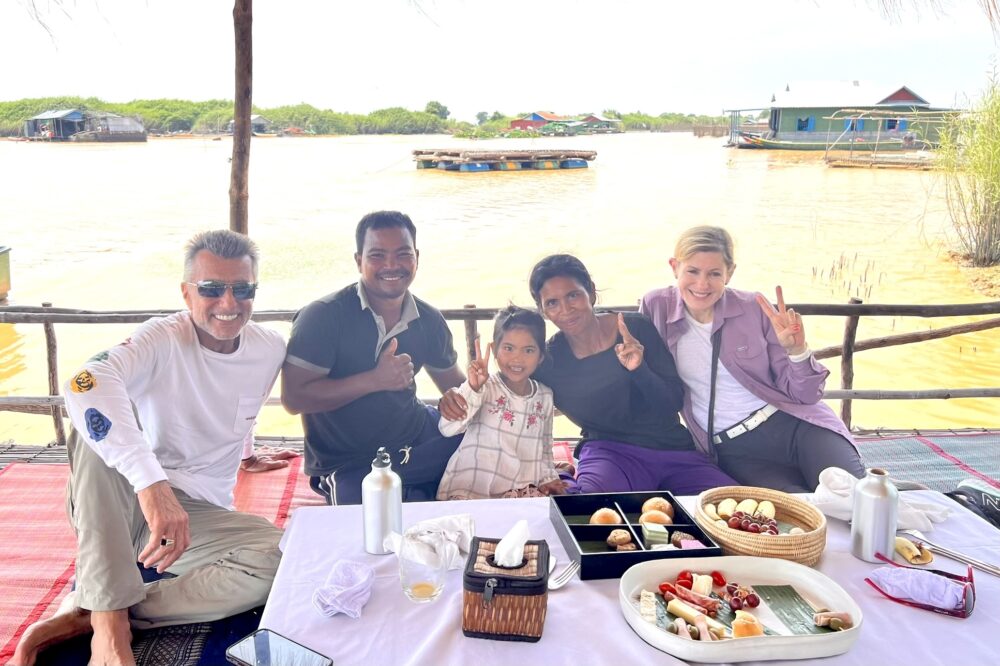
Sharon Theroux and her husband were hosted for lunch by a local family near Siem Reap.
“My husband and I just returned from our second trip to Southeast Asia, both of them through Sandy and Ethan’s office. Someone once said, ‘We travel not to escape life, but for life not to escape us.’ That couldn’t be more true about our experience. This year, we spent one week in Saigon, followed by one week in Siem Reap.
In Saigon, we stayed at the Majestic Hotel, which was a perfect location on the Saigon river and at the heart of the city. Sandy and Ethan were able to get us the same room on the same floor we had last year, #317, which had an outdoor garden where we had coffee in the morning. So beautiful. The ride up the Saigon river to Can Gio nature reserve provided a well-needed ‘Nature Bath’ while boating through mangroves, hiking through jungles, and feeding crocodiles and monkeys. What a major de-stressor and complete departure from our day-to-day life back home!
Our next leg of the trip was the Jaya House at Siem Reap, which is where we stayed last year. The Jaya House is one of my favorite places on earth. Upon arrival, we met with Christian, the property manager, who made sure we were scheduled for our daily massage. After recently experiencing a running injury, I was very happy to take him up on that offer! Those daily massages really helped me to heal from injury, as well as reduce a year full of stressors from back home.
We took an excursion to the margins of Tonle Sap Lake, the largest lake in Cambodia. On this boat tour, we traveled back in time to see a floating fishing village, where people survive with very little, some without electricity. And yet, the people there smiled and waved at us as they went about their life, and we saw the children happily playing with each other and swimming in the water. I learned that if they could be happy with so little, I don’t need to sweat the small stuff at home. And the lunch they had prepared for us, hosted by a lovely Cambodian family on their floating dock, was amazingly delicious, with a charcuterie that rivaled that from NYC! I would highly recommend traveling to Southeast Asia in general, and with Sandy and Ethan more specifically, if you are looking for a truly authentic, immersive, and life-enhancing experience.” —Sharon Theroux
Read more reviews of Southeast Asia trips. To get your own WOW trip, start with our trip questionnaire, reached via the black button below.
Be a smarter traveler: Sign up for Wendy’s weekly newsletter to stay in the know. Read real travelers’ reviews, then use the black CONTACT buttons on Wendy’s WOW List to reach out to the right local fixer for your trip.

